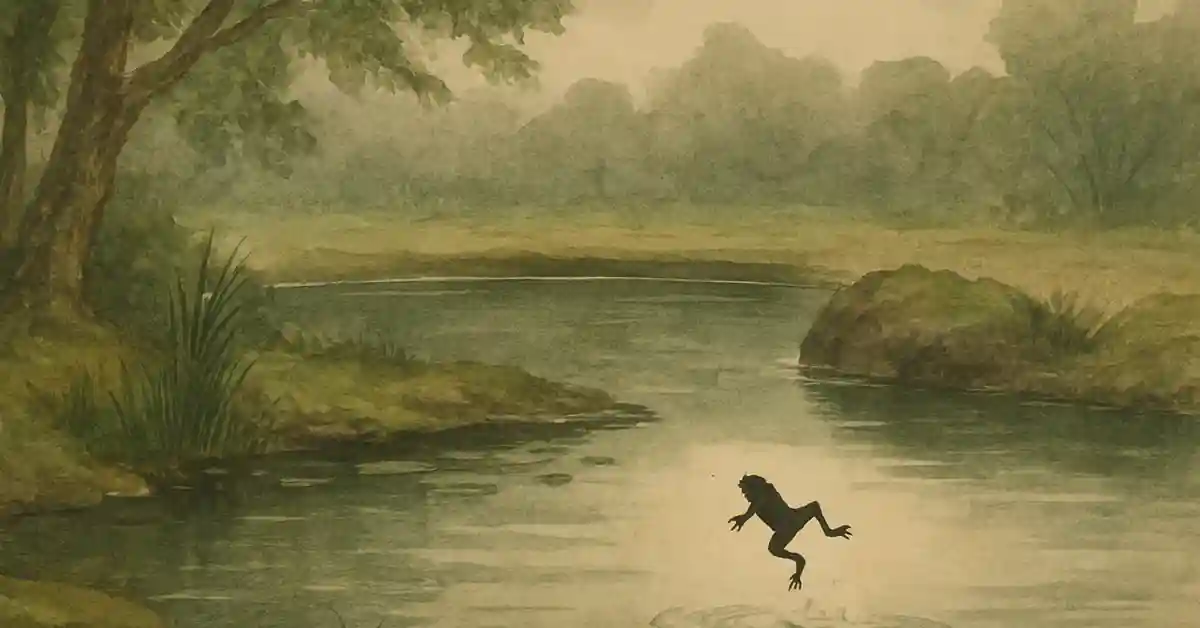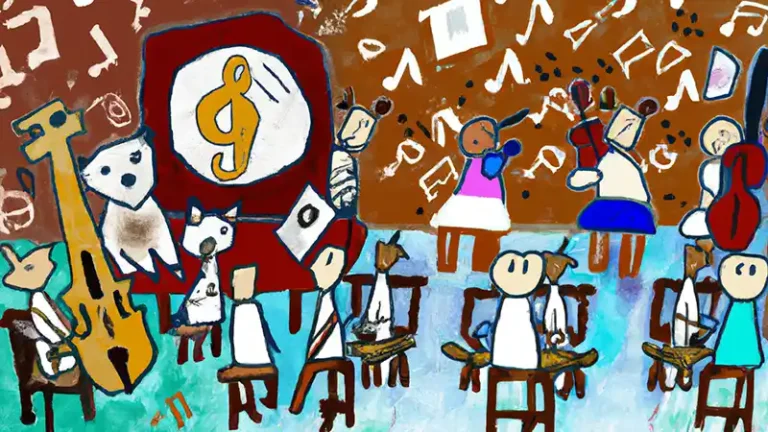Haiku Examples: Reading the Classics, and Writing Your Own
If you’ve ever wanted to bottle up a moment in time and describe it in just a few words, you’re going to love haikus. These small but mighty poems are rich in imagery, emotion, and simplicity. Whether you’re teaching poetry in class or just exploring it for yourself, haiku examples are a great place to start.
What Is a Haiku?
A haiku is a traditional form of Japanese poetry that focuses on nature, fleeting moments, and personal insight. It’s known for its short structure and deep meaning. The classic haiku structure follows this three-line syllable pattern:
Line 1: 5 syllables
Line 2: 7 syllables
Line 3: 5 syllables
Haikus typically do not rhyme and often include a “kigo,” or seasonal reference, to ground the poem in the natural world. Despite their brevity, they pack a powerful punch and encourage careful observation and word choice.

Famous Haiku Examples
Here are some famous haiku examples written by Japanese masters of the form:
Matsuo Bashō (1644–1694)
An old silent pond
A frog jumps into the pond—
Splash! Silence again.
This is perhaps the most famous haiku in the world. It captures a single moment in nature—stillness, motion, and stillness again.
Yosa Buson (1716–1784)
A summer river
being crossed
how pleasing
with sandals in hand!
This haiku offers a peaceful slice of life—an ordinary scene imbued with quiet joy.
Kobayashi Issa (1763–1828)
Don’t worry, spiders,
I keep house
casually.
Issa’s haikus are known for their humor and empathy, often expressing compassion for the smallest creatures.
Original Haiku Examples
Here are a few original haiku examples written for classroom use. These poems aim to model the form and feeling of a haiku while staying accessible for students:
Dragonfly in flight
Hangs like a breath in the breeze—
Then vanishes fast.
Chalk dust on the floor
Echoes of a lesson passed—
The bell calls us home.
Clouds slide past the moon
Whispering things to the stars—
I can’t hear them yet.
Backpack on the ground
Ants explore the zipper’s trail—
A world in waiting.
These haikus blend nature, observation, and personal reflection—all core aspects of the tradition. They make great models for student writers and class discussion.

Why Haikus Matter
Haikus teach students to slow down and pay attention to the world around them. In an age of instant everything, the haiku provides a pause—a poetic breath. Writing haikus helps students practice:
Word economy and precision
Observation skills
Emotional expression through imagery
An appreciation of nature and seasons
They also offer an easy entry point into poetry for reluctant writers. Because haikus are short, they feel less intimidating—but still allow for creative depth.
A Brief History of the Haiku
The haiku originated in Japan and evolved from a longer form of collaborative poetry called renga. In the 17th century, Matsuo Bashō helped shape the haiku into a standalone art form. His work elevated the genre to literary greatness, blending Zen philosophy with natural imagery.
Originally, haikus were not titled and were meant to be read as spontaneous reflections of the world. Over time, they spread globally and influenced modern poets in many cultures.
Today, haikus are written in dozens of languages and embraced in classrooms everywhere—from elementary grades to creative writing programs. Click here to get a great haiku lesson plan.
Final Thoughts
Whether you’re teaching poetry or writing it yourself, studying haiku examples is a fantastic way to tap into poetic expression. Their brevity makes them ideal for class exercises, nature walks, or even quick morning writing prompts. And who knows—your next haiku could be a Bashō-level masterpiece in the making.







